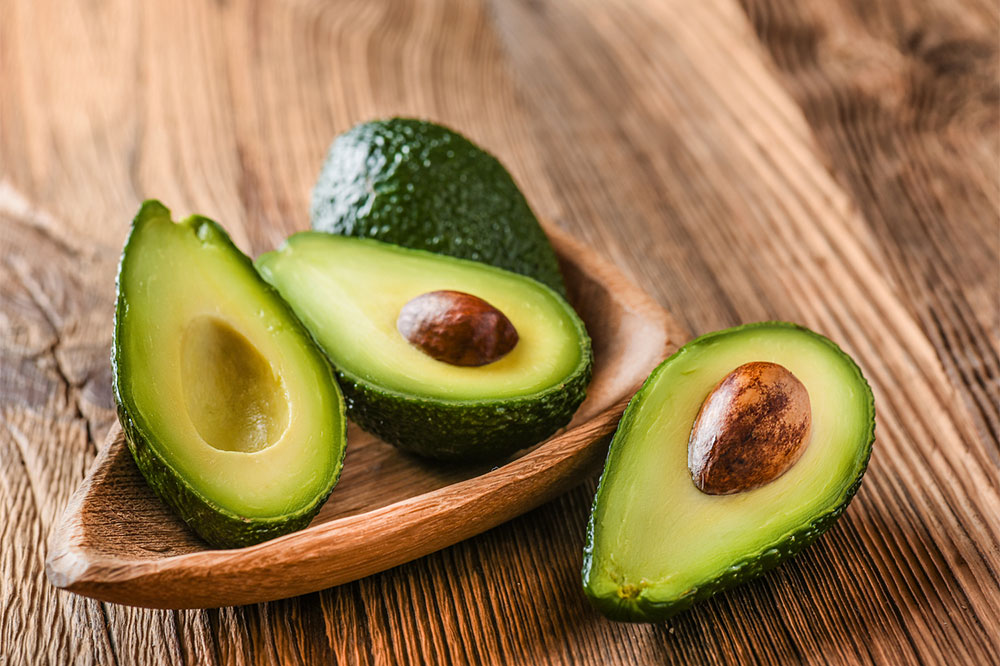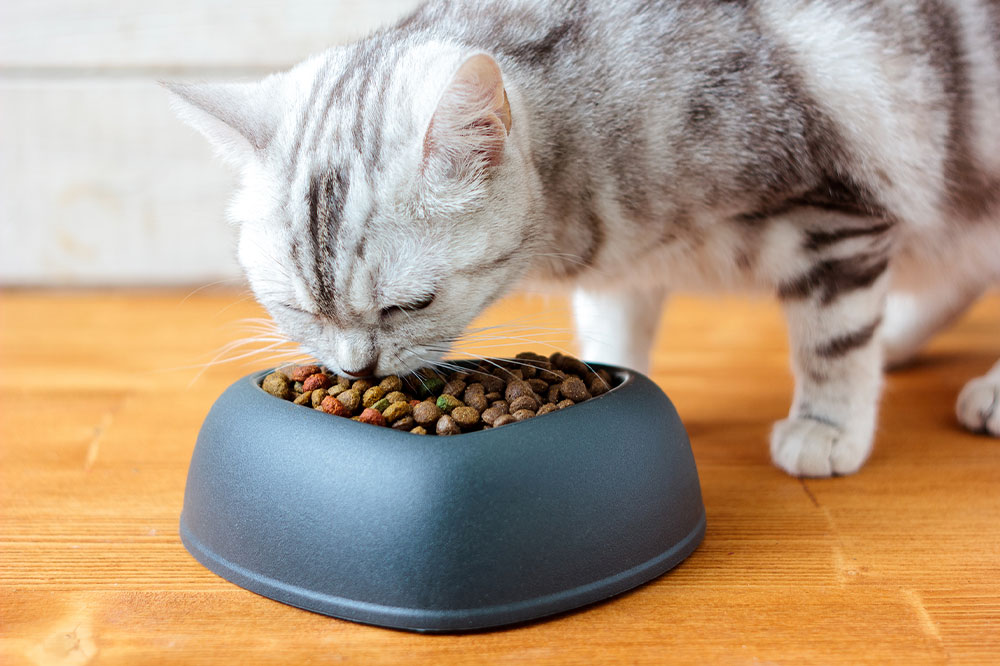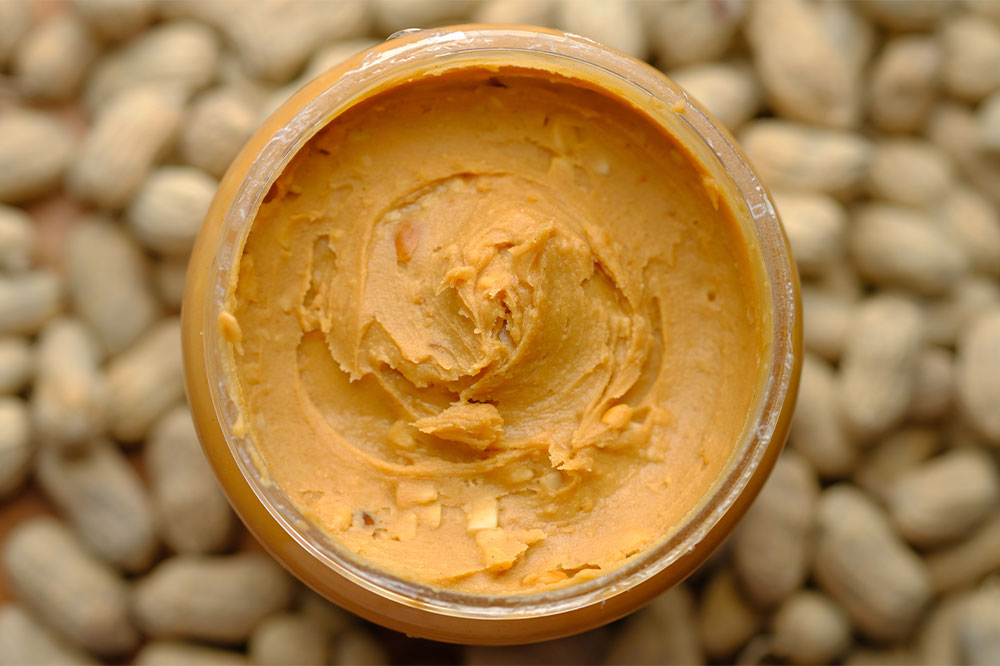4 nutritious food sources for maintaining flawless skin

While everyone would love to have flawless skin, it’s inevitable that skin deterioration will be the next phase with advancing age. The body can only keep producing so many healthy cells to replenish dead skin, even with the best of lifestyle choices and habits. However, studies are conclusive of the fact that paying attention to daily nutrition and making healthy changes in nutritional regime can help maintain skin health, prevent diseases, and even improve their long-term outlook.
Foods rich in omega-3s
For several reasons, omega-3 fatty acids are one of the most potent nutrients the body can absorb, playing a crucial role in skincare. In fact, studies have shown that a deficiency can result in common problems like dry skin and acne. Including more naturally sourced omega-3s can lower skin inflammation and prevent acne and redness of the skin.
Seafood is an excellent source of natural omega-3 fatty acids. Fatty fish like salmon, herring, and mackerel, among others, also contain vitamin E, zinc, and proteins for skin tissue repair. Vitamin E is known to work as an antioxidant and prevents oxidative damage to the skin cells. Protein helps maintain skin texture and quality, while zinc also lowers inflammation and regulates the production of skin cells.







